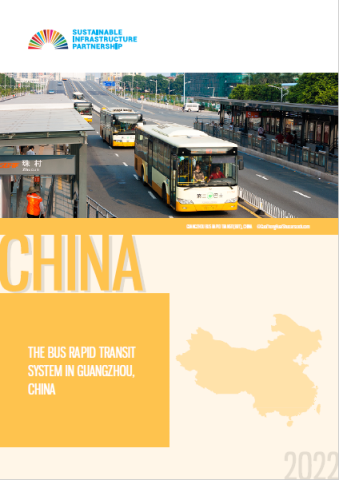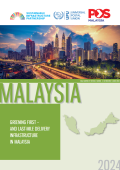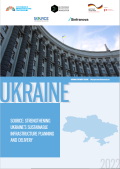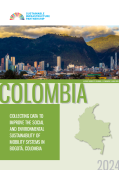
The case study details Guangzhou's successful implementation of a Bus Rapid Transit System which provides responsive, resilient and flexible service.
Located in southern China, Guangzhou is the capital city of Guangdong Province as well as China’s third largest city. With a fast-growing economy and an influx of people due to urbanization, the demand for transport in Guangzhou grew rapidly in the first decade of the millennium. By the end of 2009, Guangzhou’s vehicle fleet had reached 1.35 million. Out of these 1.35 million vehicles, 1.1 million were cars, representing a 17% increase compared to 2008 (He 2010). However, the capacity of the public transport system did not increase sufficiently during this period and overloaded traffic conditions led to serious gridlock, which has threatened the city’s economic growth as well as its air quality (Center for Clean Air Policy [CCAP] 2017).
To address these accumulating problems, the Guangzhou Bus Rapid Transit (GBRT) system was planned and launched under the mayor’s leadership. With its 31 bus routes and 26 bus stations, the GBRT had the second highest passenger capacity out of all BRT systems in the world at that time (World Wide Fund For Nature [WWF] 2012). In the 11 years following its launch, the GBRT has served over 3.49 billion passengers (Dayoo 2021).
Guiding principle #2 Responsive, Resilient and Flexible Service Provision, from the International Good Practice Principles for Sustainable Infrastructure.




